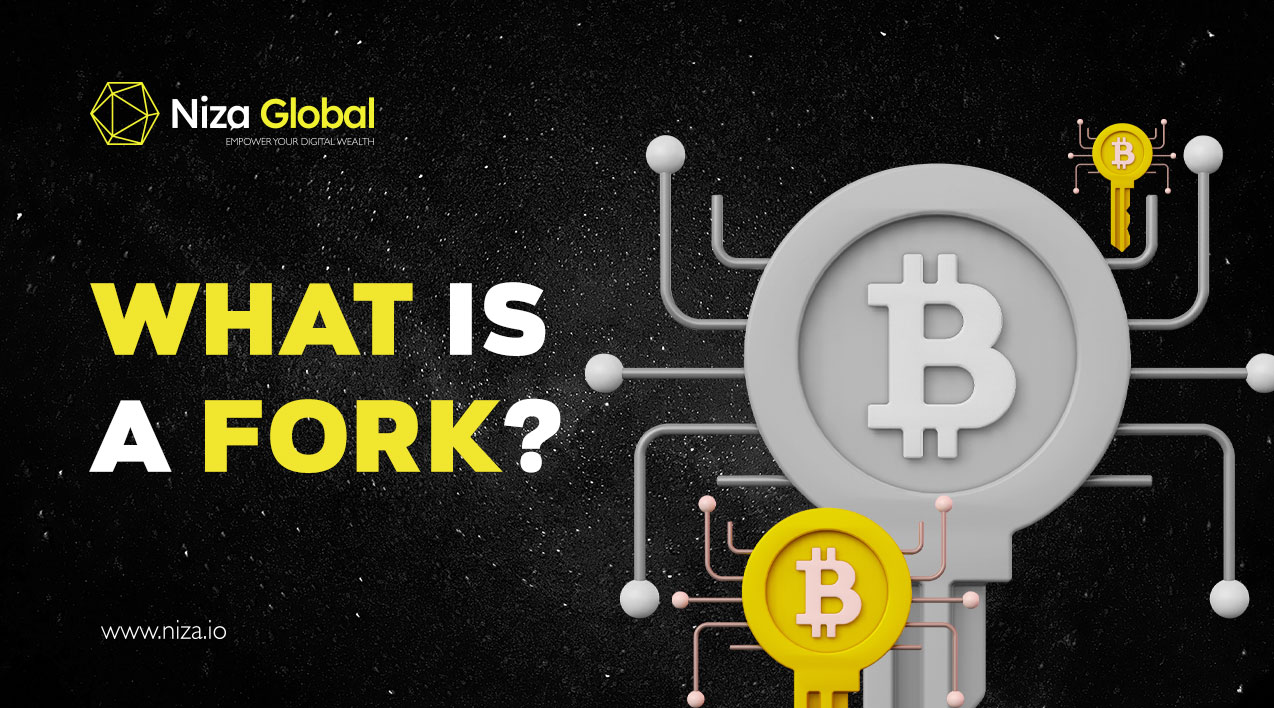Definition
Cryptocurrencies like Bitcoin and Ethereum operate on decentralized, open-source software known as a blockchain. A fork occurs when a community modifies the blockchain’s protocol or core set of rules.
Blockchains function like a digital ledger composed of sequentially linked blocks of data—imagine a long train with each carriage representing a block. These blocks can be traced back to the very first transaction on the network. Because blockchain technology is open source, its development and maintenance rely on the collective contributions of the community.
A fork creates a divergence in the blockchain, resulting in a new chain that shares the original’s history but moves forward with different rules.
Why Are Forks Important?
Most digital currencies have independent development teams that implement upgrades and improvements to enhance network security, introduce new features, or resolve inefficiencies.
Forks play a crucial role in the evolution of cryptocurrencies, similar to how upgrades to internet protocols improve web browsing experiences over time. However, forks are also used to create entirely new cryptocurrencies and ecosystems.
Types of Forks
- Soft Fork
- A soft fork is a software upgrade for the blockchain.
- It is backward-compatible, meaning that all users must adopt the upgrade for it to become the new standard.
- Soft forks have been used to introduce new features to Bitcoin and Ethereum without splitting the blockchain.
- Hard Fork
- A hard fork introduces major changes that make the new version incompatible with previous blocks.
- The blockchain splits into two separate chains: the original blockchain and a new version that follows different rules.
- This process results in an entirely new cryptocurrency.
- Examples include Bitcoin Cash (BCH) and Bitcoin Gold (BTG), which originated from Bitcoin through hard forks.
Why Do Forks Happen?
Blockchains require updates and modifications for various reasons, including:
- Enhancing functionality by introducing new features.
- Improving security to address vulnerabilities.
- Resolving community disagreements regarding the cryptocurrency’s future direction.
How Forks Shape the Crypto Landscape
Ethereum, unlike Bitcoin, is designed to support smart contracts, which are self-executing programs that automate actions when predefined conditions are met. These contracts enable a wide range of applications, from decentralized finance (DeFi) to blockchain-based gaming and logistics.
Ethereum has undergone multiple forks, leading to variations such as:
- Ethereum (ETH) – the main blockchain.
- Ethereum Classic (ETC) – a hard fork that continued with the original Ethereum protocol after a major security incident.
- Ethereum 2.0 (ETH 2.0) – a major upgrade introducing a proof-of-stake consensus mechanism for better efficiency.
Think of blockchain forks as upgrades to an operating system:
- A soft fork is like a software update (e.g., upgrading your phone’s OS to the latest version).
- A hard fork is like an entirely new operating system (e.g., Linux and macOS both evolving from the Unix platform).
Forks allow blockchain networks to evolve, providing users with improved security, functionality, and efficiency while also giving rise to new digital currencies and ecosystems.


